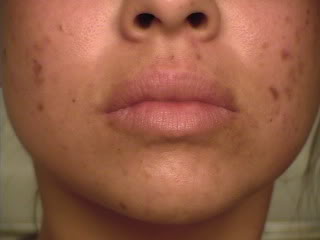Written by Margaret Kontras Sutton, M.D.
Last week we discussed how skin can be classified by its pigment content and thus how it reacts to ultraviolet light. We learned that individuals with skin Types I and II are more likely to develop skin cancer. But what about those people with skin Types III, IV, V and VI? What are their risks?
Individuals with medium to darker skin tones are more prone to what we call “post-inflammatory hyperpigmentation” or as we like to abbreviate, PIH. Because of the pigmentation of their skin, they can heal from an injury with a darker, blotchy area. This can occur from any sort of injury, such as trauma, but also from planned injuries such as surgery, mole removal, even laser treatments. PIH can also occur from inflammation of the skin such as rashes, infections, acne, or even insect bites. Sun exposure after these events can greatly increase the chance of developing PIH.
Since dermatologists are experts in dealing with every aspect of the skin we can help with these blotches. First of all we can try to prevent them. We are very sensitive to and aware of this problem so we will do everything we can not to cause it. We take precautions when treating any patient with medium to darker skin tones. If a blotch does develop we can offer prescription strength products to assist with lightening the blotch. (Or sometimes we prescribe the lightening product in advance of the procedure in order to prevent the blotch from forming.) We can also offer procedures such as chemical peels to carefully and gradually diminish the blotch.
Providing treatments for the skin requires a thorough understanding of the skin and all of its nuances. Let us be your guides to healthy skin.




Leave a Reply